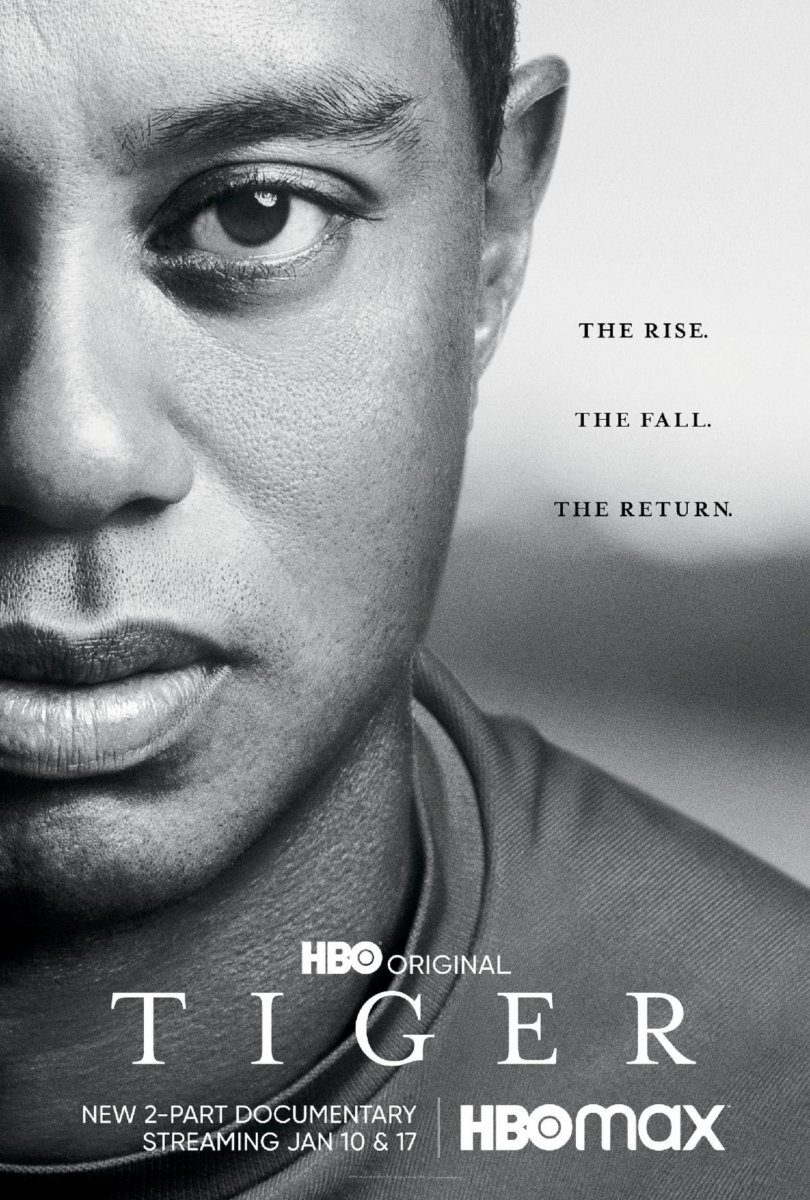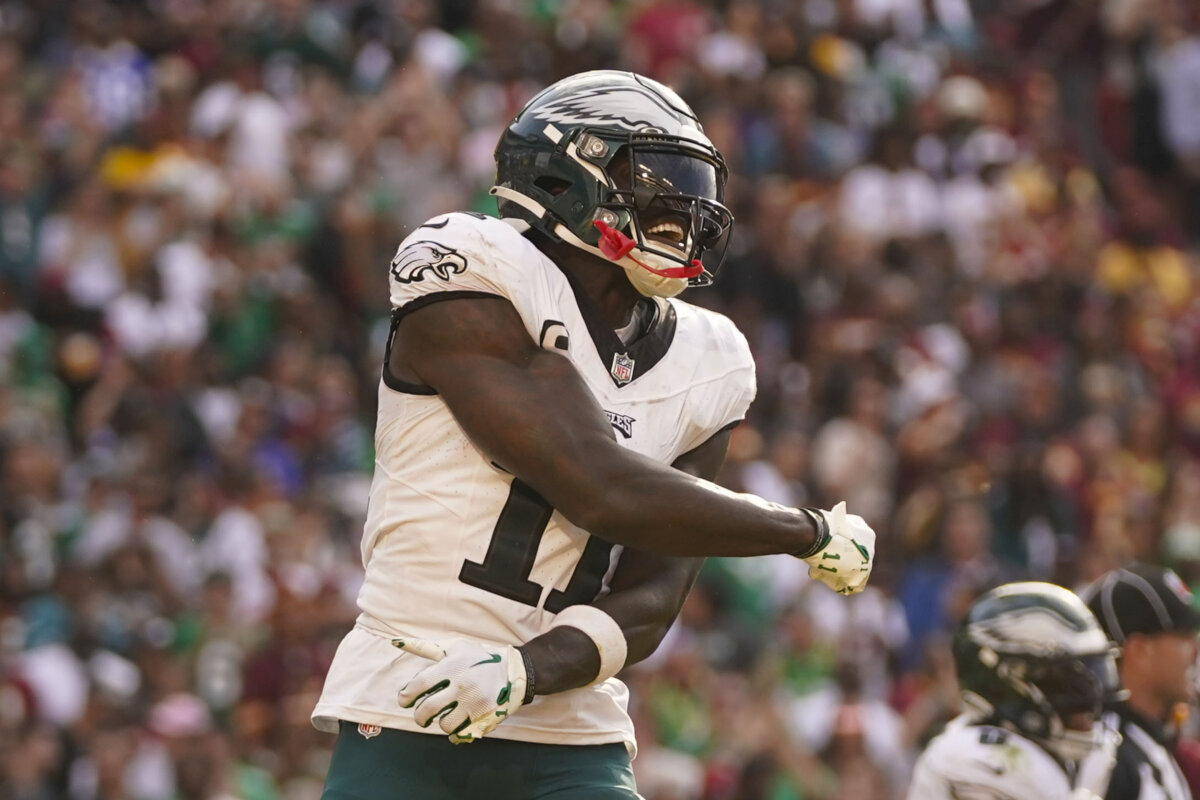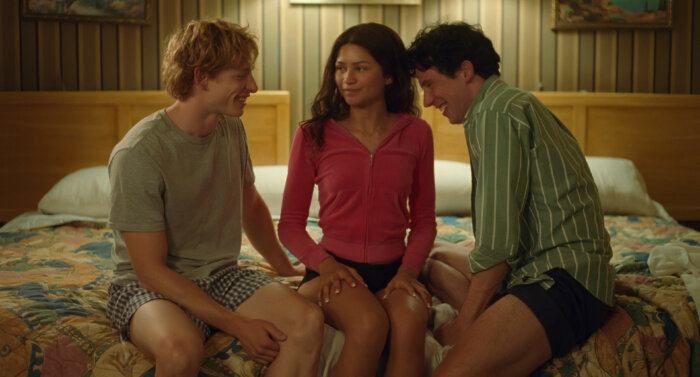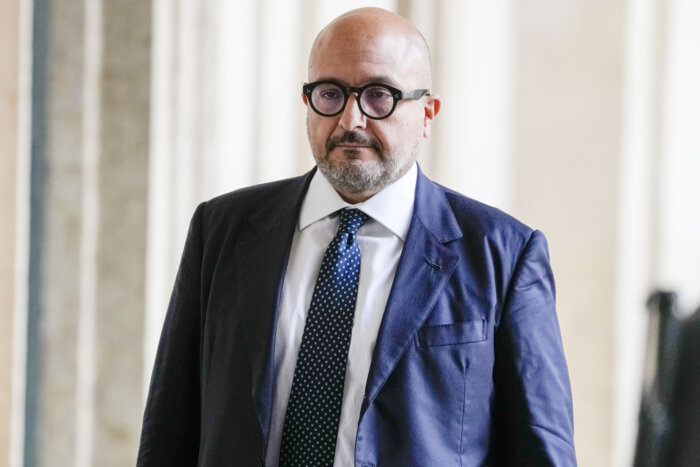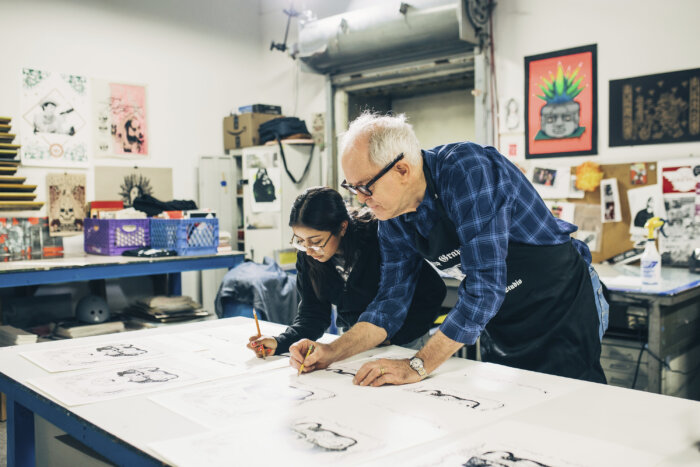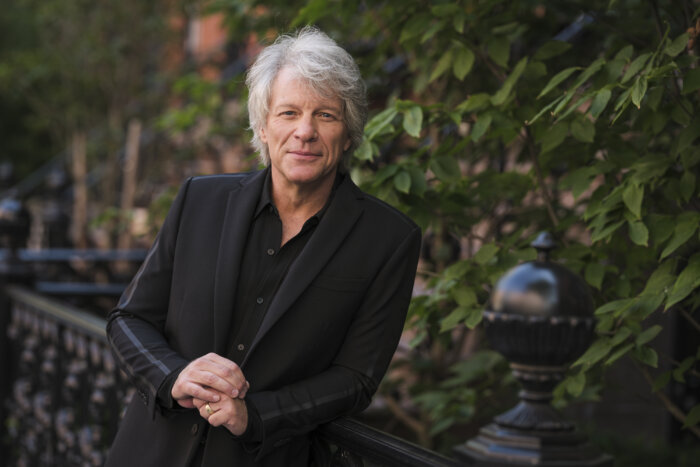In the world of golf, Tiger Woods made a name for himself, then after one drunken night and one fire hydrant later, another image landed on the shoulders of the golf legend. But the polarizing personality that is Tiger Woods made it big, he lived a whole life and had a whole other story— and audiences are about to be clued into what exactly that was.
Directors Matthew Heineman and Matthew Hamachek sat down with Metro to discuss what went into making this two part docu-series on HBO.
What was it that made you want to direct this documentary?
M Ha: Tiger Woods is arguably one of the most famous people on the planet, and so much had been written about him and his life. Then, in 2009 on Thanksgiving night when he crashed his car into the fire hydrant, the ensuring scandal broke and we realized we knew next to nothing about him despite all of the coverage. So, this is for me at least, a story I’ve been interested in digging into more for many years.
What research went into making this documentary? Where did you pull most of your information from?
M Ha: The book by Armen Keteyian and Jeff Benedict [served as] an inspiration, but there have been some really informative pieces that have been written over the years. One of the problems with the Tiger Woods story was so much of the coverage of him has been done at an arm’s length. There were journalists that were following him while he was golfing on a course, [just covering] a lot about his golf. The first thing we did is reach out to Tiger’s camp and ask if Tiger would be interested in speaking with us, they very politely declined and said that Tiger had a contact with another media outlet. Then, the next step was creating this mantra where we have to find people who knew Tiger best and who were in the living room during these pivotal points in his career or were in the car with him when he was going places and really knew him. So, that was the next step.
What was the most difficult part of trying to tell the story of someone that you weren’t able to talk too?
M He: Obviously, that was a challenge and we would have loved to have talked to Tiger ourselves—but like Matt said, we had this rule of whoever we spoke too, they had to have some sort of relationship with him. It was a huge challenge to try to tell the film as intimately as we could, we did have a number of things that helped us out. There is a ton of footage of Tiger over the years and we were able to uncover some amazing and never before seen footage of him as a kid, and as a teenager—that was obviously very exciting and one of the things that we set out to do. [We tried] to find both footage and people who we haven’t heard from before or have seen before. His high school girlfriend Dina Parr was a huge get for us and a really incredibly look at a teenage Tiger, a Tiger we’ve never really seen before as an innocent and wide-eyed kid. We’ve never really seen this sort of innocence or sweetness that Dina says was sucked out of him.
What was the most surprising information you learned while looking into Tiger’s life?
M Ha: It’s interesting, the way we started the film off was with a speech that his father Earl gave at the 1996 Haskins Collegiate Award Banquet. In that speech, Earl talks about how Tiger is going to be this person that transcends the game. As one person in the film put it: Through Earl’s eyes, Tiger would be the person who unties the different races and tribes of humanity, and so Earl in a lot of ways was the person who introduced Tiger into the world. Nike then took Earl’s vision and ran with it when they started to make their first commercials with Tiger, then the public, media and other journalists started to glaum on to that. But the visions were changed and became different for different people and everyone sort of built Tiger up as larger than life. But he’s a human being with flaws. Everyone else sort of jumped on him with both feet and that lasted all the way up until 2017 when Tiger was arrested for being under the influence of pain medications for his various back injuries. Then, after that, when he finally starting playing golf again, all of the same people who were kind of piling on to him for all of those years began then doing what they did in the past and building him back up again as super human. That relationship with the public and with the media I think is one of the more fascinating parts of his story.
How were you able to choose what moments formulated Tiger’s narrative?
M He: This wasn’t a traditional doc series with one crew for part 1 and one crew for part 2, we sort of envisioned this whole thing as just one long film and went about producing it as such. We never felt this narrative obligation to give the comprehensible encyclopedia entry into who Tiger Woods was. There’s Google and plenty of coverage of Tiger over the years [for that.] We really wanted to figure out who this guy was. In terms of what was ultimately put into the film, there were moments and characters who really [illustrated] who Tiger Woods was, but we never felt the obligation to fill in every word and comma in the Tiger Woods story.
M Ha: A lot of what you do when you make these films is listen to your subjects. When you find the people who really knew Tiger best, I think in a lot of ways they put you in the right direction. This is what they say and what they witnessed as being the front lines of the story, they can say what moment is pivotal. A lot of that stuff didn’t happen in the public eye, it happened behind the scenes, so it was trying to tell stories that happened in living rooms and finding the footage that could paint that vision for what people were telling us.
“Tiger” Part II premieres on HBO and HBO MAX Jan. 17.



